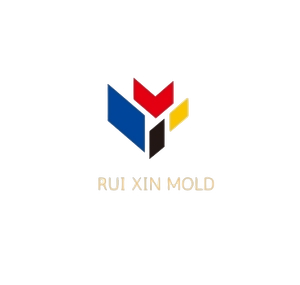Categories
Recent Posts
Tags
How to Improve Quality Control in Injection Molding

Injection molding is a complex process that requires meticulous attention to detail to produce high-quality parts consistently. Even minor variations in process parameters can lead to defects that impact product performance and customer satisfaction. Implementing robust quality control measures is essential for maintaining competitiveness in today’s demanding market.
Understanding Injection Molding Challenges
Injection molding is susceptible to a range of defects, including sink marks, short shots, warping, and flash. These imperfections can negatively affect part functionality, aesthetics, and overall product quality. By understanding the root causes of these issues, manufacturers can take proactive steps to prevent them.
Core Quality Control Strategies
To achieve exceptional quality in injection molding, a comprehensive approach is necessary. Here are some key strategies:
Design for Manufacturability (DfM)
DfM involves optimizing product designs for efficient and cost-effective production. By considering injection molding limitations during the design phase, manufacturers can prevent potential issues such as uneven cooling, weak points, and difficulty in part removal. Collaborating closely with mold designers and injection molding experts is crucial for successful DFM implementation.
Process Monitoring and Control
Maintaining consistent process parameters is vital for producing parts with predictable characteristics. Implementing statistical process control (SPC) helps identify trends and deviations from target values. By closely monitoring temperature, pressure, injection speed, and other critical factors, manufacturers can minimize process variability and prevent defects.
Material Quality and Handling
The choice of resin and its handling significantly impact product quality. Using high-quality materials from reputable suppliers is essential. Proper material storage, drying, and feeding are also critical to prevent contamination and degradation.
Inspection and Testing
Regular inspection and testing are indispensable for identifying defects early in the production process. Visual inspection, dimensional measurement, and functional testing should be performed at various stages. Implementing advanced inspection technologies, such as automated optical inspection (AOI), can enhance efficiency and accuracy.
Conclusion
By adopting a proactive and data-driven approach to quality control, injection molders can significantly improve product quality, reduce costs, and enhance customer satisfaction. A combination of DFM, process monitoring, material management, and rigorous inspection is essential for achieving consistent excellence. By investing in quality control, manufacturers can build a strong reputation for delivering reliable and high-performance products.
More detail contact us here:www.dgruixinmold.com

